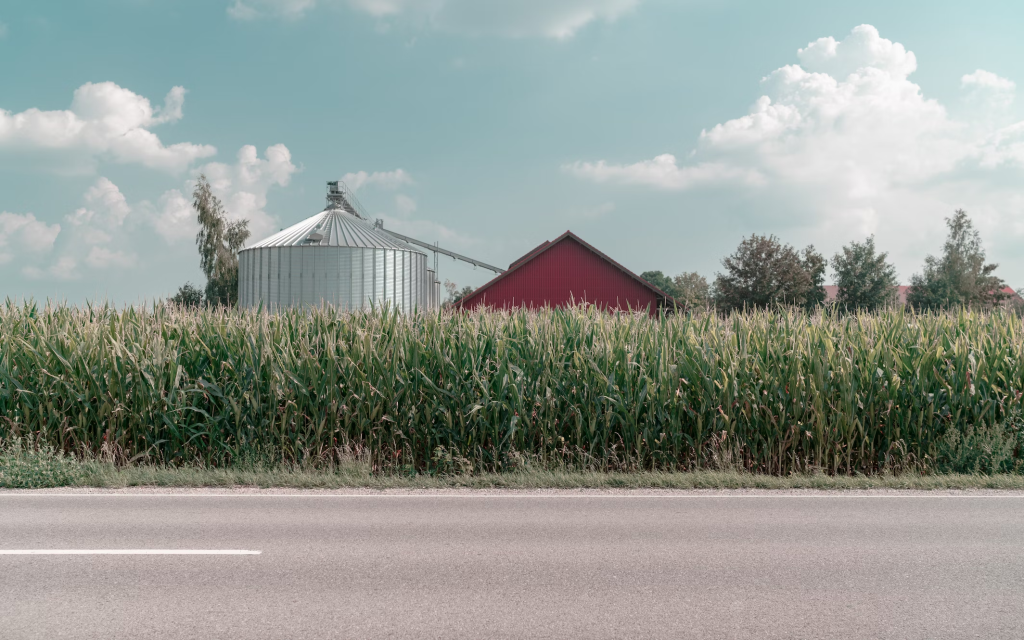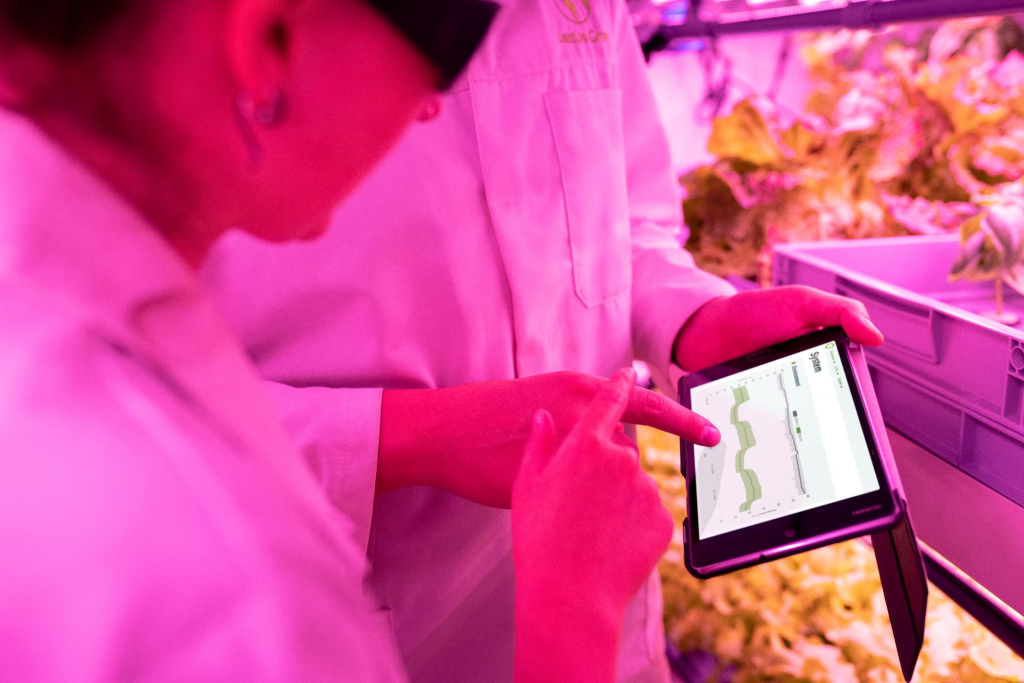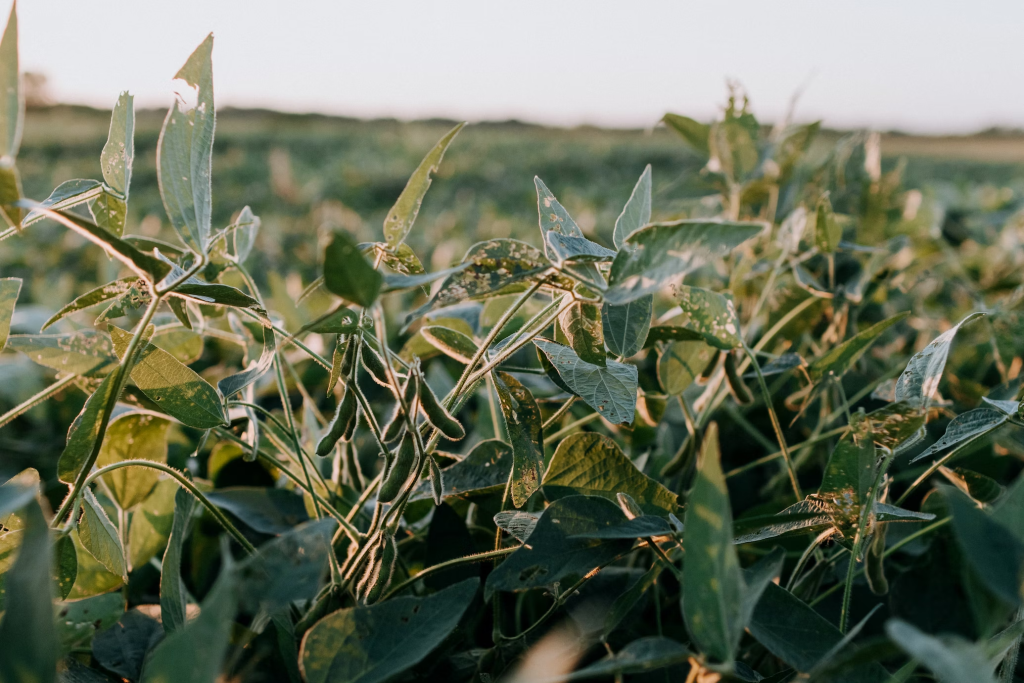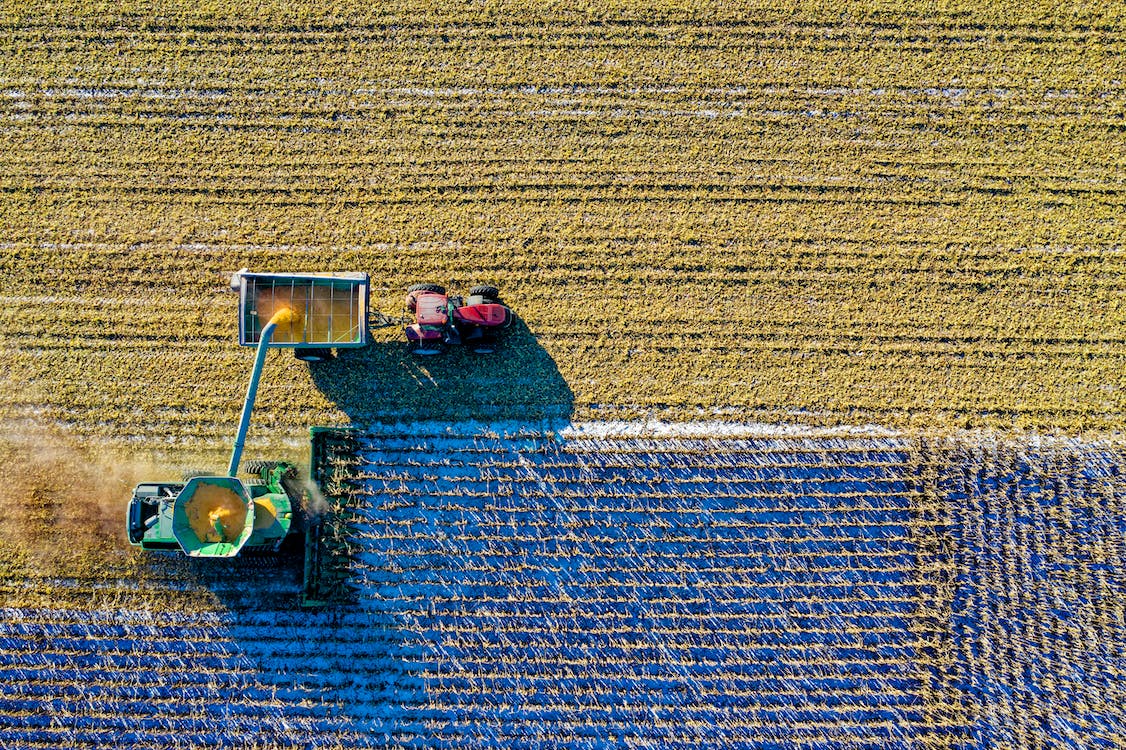If you have been keeping your ear out for emerging crop trends, you might have noticed that many people prefer soy to many other legumes and crops. Logically, such popularity means a demand for soy, which farmers should fill. Unfortunately, not all farmers think about their effects on the environment when they push their farms to grow more soy quickly. Some even use their farms irresponsibly to the extent that they affect the soil’s future potential.
These conventional soy farming methods may seem cheap and quick, but their effect on the future of agriculture is indisputable. What’s the need to make a lot today if it compromises the interests of the future? The only guaranteed way of growing enough soy to meet the growing demand responsibly is by considering soy farming. And we are here to show you how!
What Is Sustainable Soy Farming?
Sustainable farming involves using the resources we have carefully to avoid finishing them off. What resources, you ask? Any soy farm needs resources like land, water, and farming supplements, and since these resources are limited, you should know how to use them responsibly to achieve the highest standards of farming.
Soy farming is not a naturally sustainable practice. Research by Panda indicates that a typical soy farm has enough greenhouse gases to give fossil fuels a run for their money. Farmers also need much land, water, and agrochemicals to plant enough soy to be commercially viable. You can only make a difference by thinking about sustainability actively.
Why Opt For Sustainable Soy Farming?
Here are just a few benefits you stand to gain when you jump on the sustainability bandwagon, not that you need any convincing on why you should be a sustainable soy farmer:
- Whenever you start sustainable soy farming, you ensure improved production even with limited resources.
- With great productivity (or power) comes great profitability!
- Farming soy sustainably keeps future generations in mind, and they will thank you for it.
- Sustainable soy farming helps you make good use of your resources to avoid unfortunate situations such as soil erosion and leaching.
How To Become A Sustainable Soy Farmer
Now that you know all about sustainable soy farming and what you stand to gain from being a sustainable soy farmer, let’s answer the question that is bound to be bothering you!
1. Crop Rotation
The first way of jumping on the sustainability train is by trying out crop rotation. Rodale Institute which is one of the world’s oldest (and dare say greatest) institutes on organic farming defines crop rotation as the practice of planting different crops after each other to optimize the nutrients in the soil.
The beauty of agriculture is that where one crop can use up a specific nutrient, another crop can replace that nutrient in the soil. Let’s consider a quick example. A farmer who plants soy for many seasons in quick succession will notice that the soil will lose its texture and quality which makes it all the more likely to experience erosion. Mixing up soy seasons with short gaps of corn seasons will fix the erosion problem since corn gives the soil a better structure.

2. Precision Farming
As we have pointed out above, soy farming uses up a lot of resources to have a substantial yield. But does this mean you should just pump more and more resources into the farm? Using a lot of resources to plant your soy can become very expensive and lead to losses in revenue. So, if you want to use your resources responsibly, consider precision farming.
The good folks at Tech Target teach that precision farming involves using technology to evaluate the soil and crops so that you can know what nutrients it needs to be productive. Gone are the days when farming was based on luck! As a precision farmer, you will save a buck or two when you calculate the exact proportions of resources you need for the best yield.

3. Managing Water and Nutrients
Your duty as a sustainable farmer is to get as much soy as possible without compromising on nutrients and soil quality. For most farmers, such a farming method means paying attention to how much water and nutrients the crops use for any season and optimizing it. Such a process is called water and nutrient management and depends on what is referred to as the 4Rs of nutrient management: Right placement, right source, right timing, and right rate. Paying attention to these four factors will put you a few steps closer to achieving the best use of all the nutrients on your farm!

Wrapping Up
When you think about the future of soy farming, you will notice numerous opportunities for success only if we become sustainable farmers. This means considering the best way to use our scanty resources, working with technology as our farming partners, and rotating crops to maintain soil integrity and structure. Farming soy using sustainable practices can seem like a bother when starting. But you should trust the process, and you will soon realize its benefits in the future!
